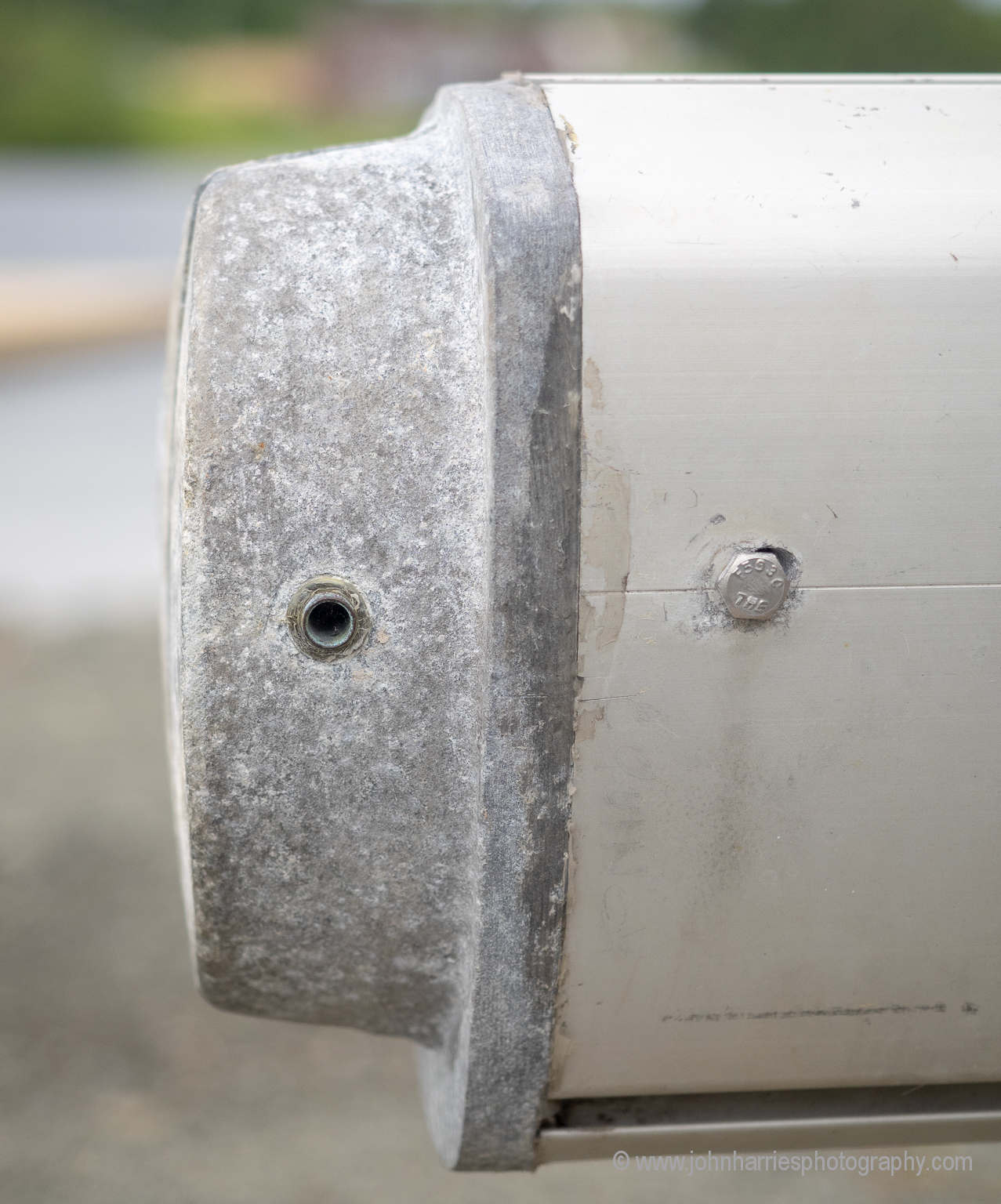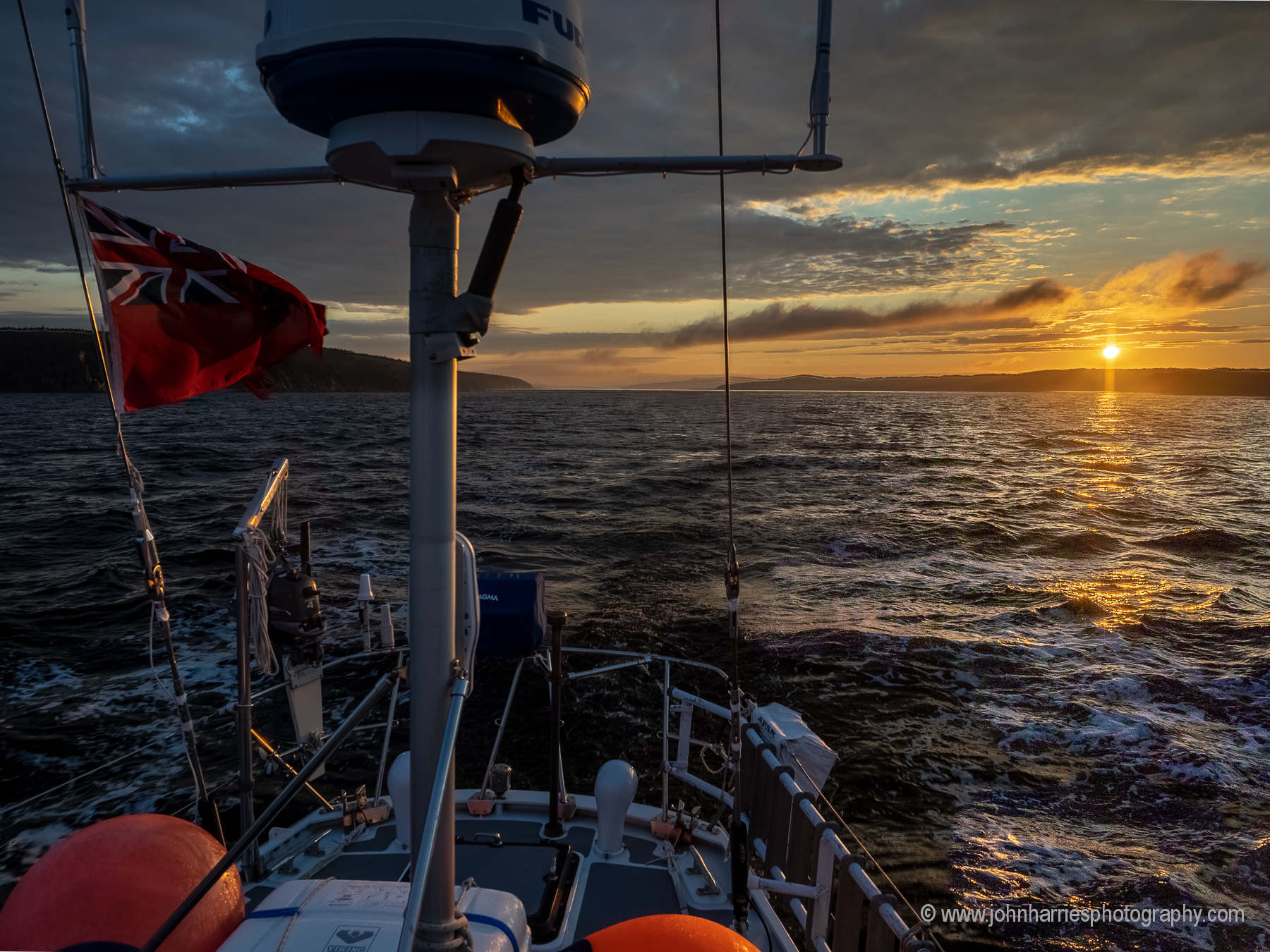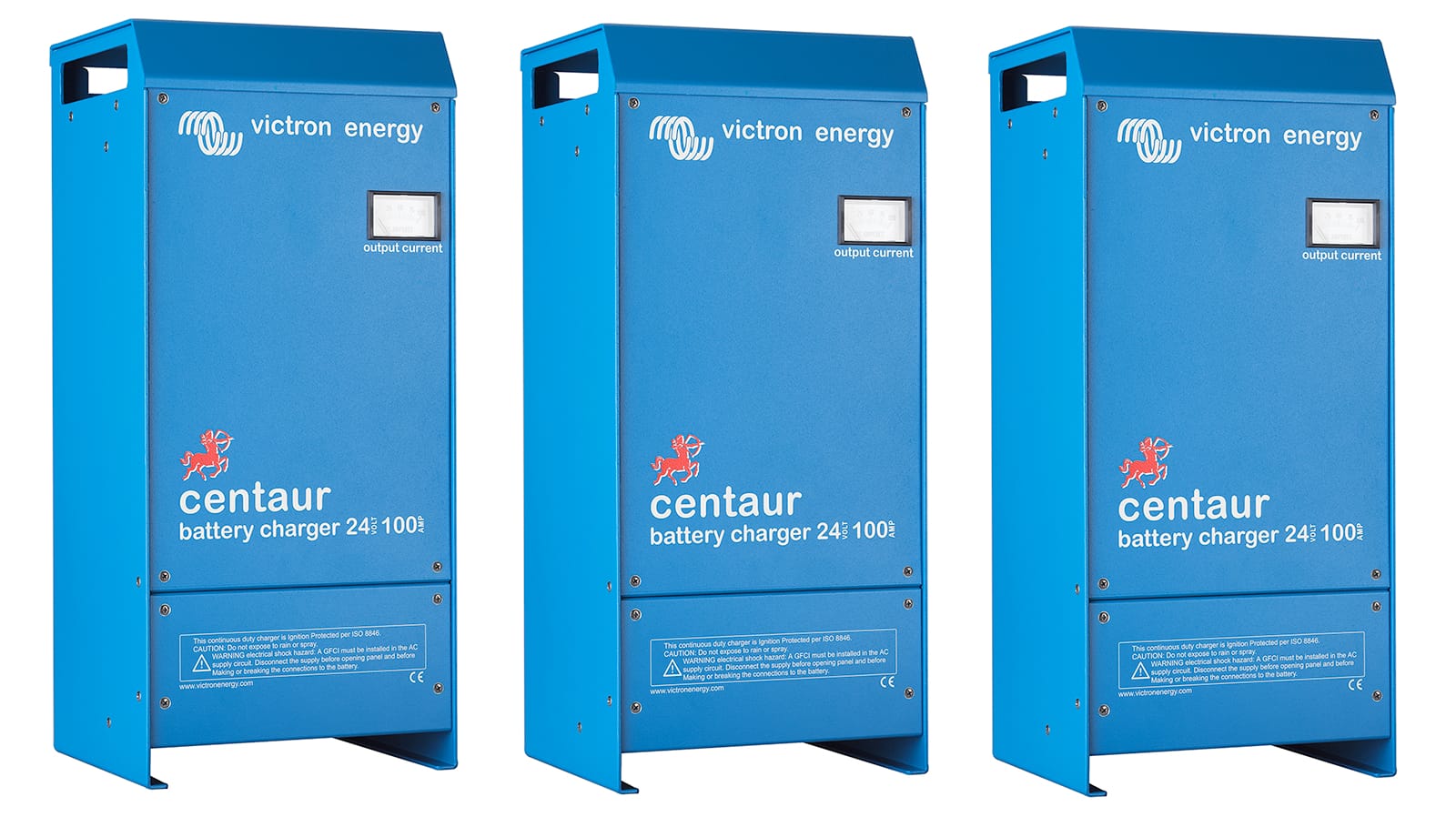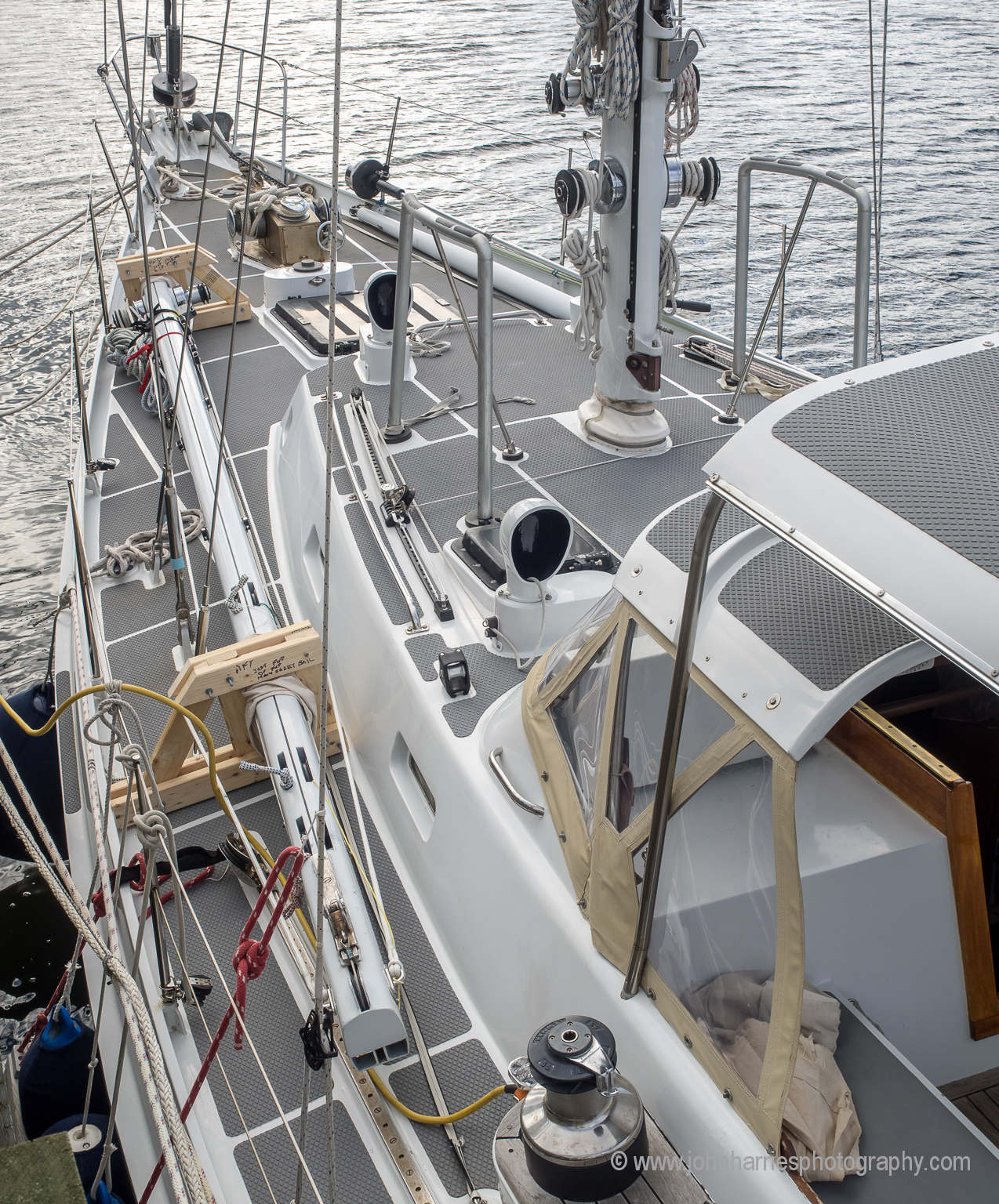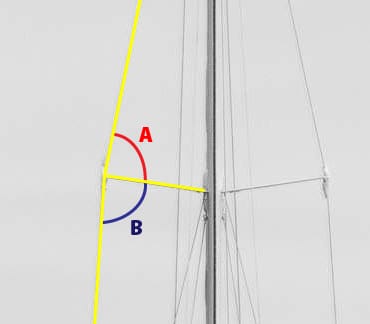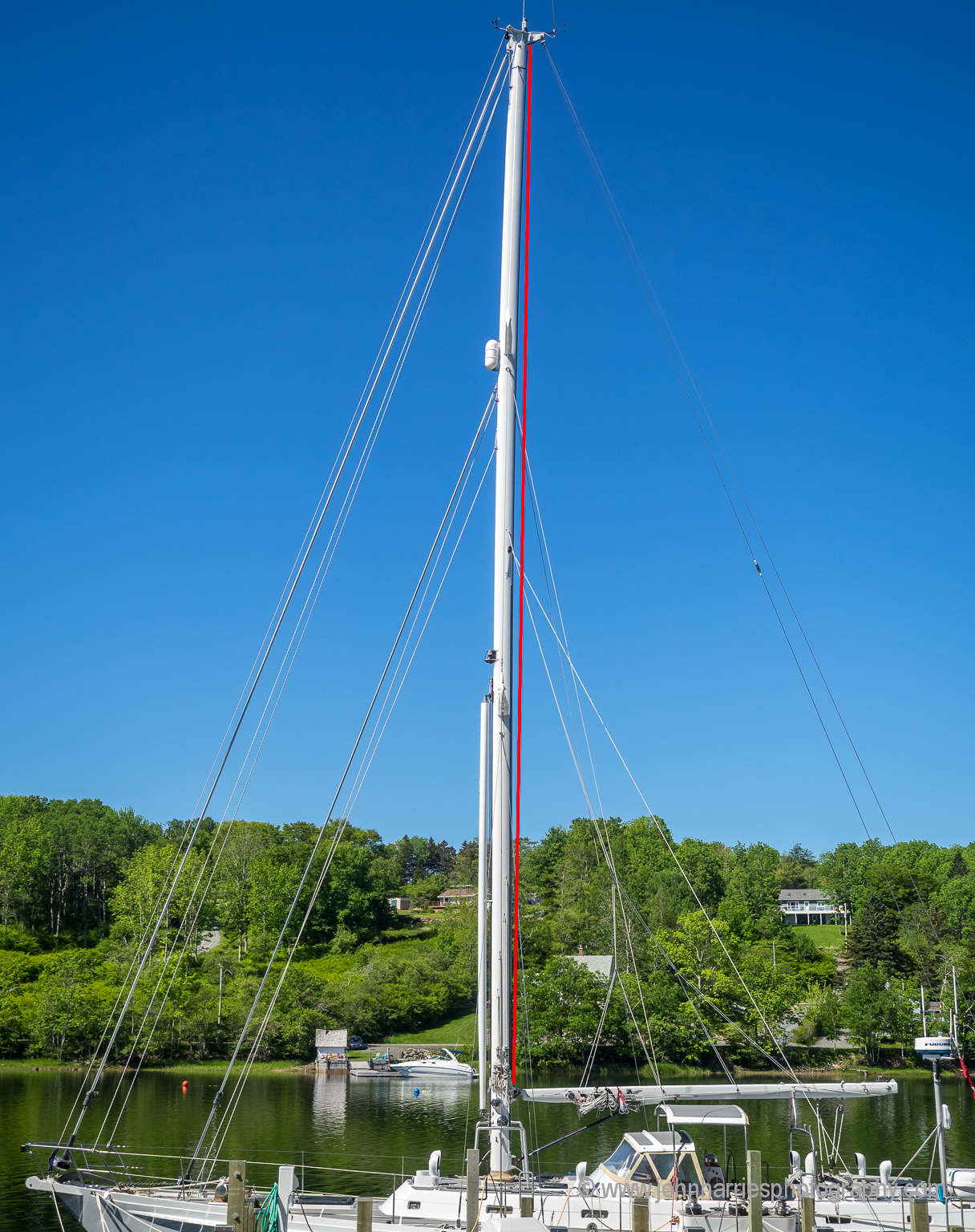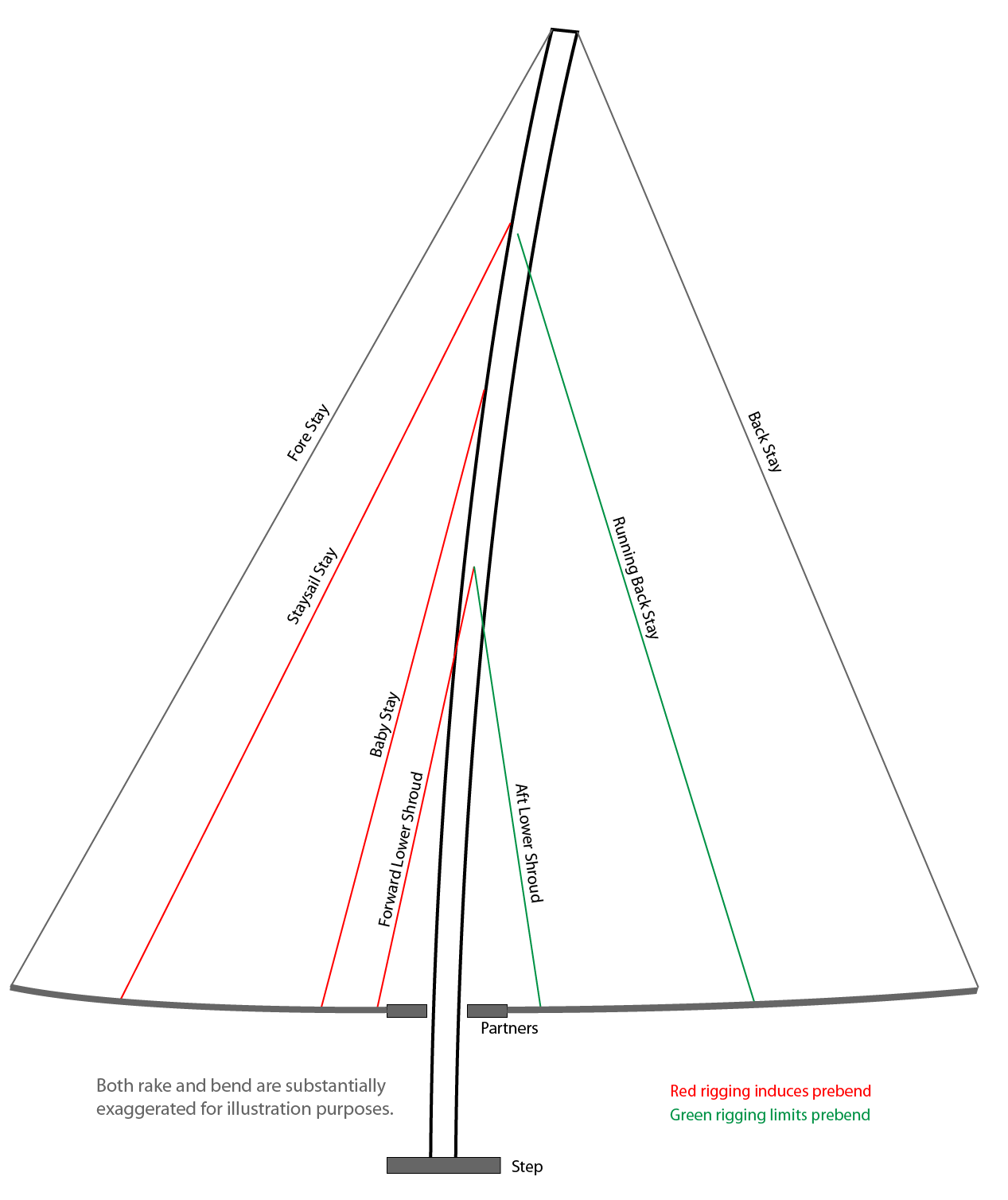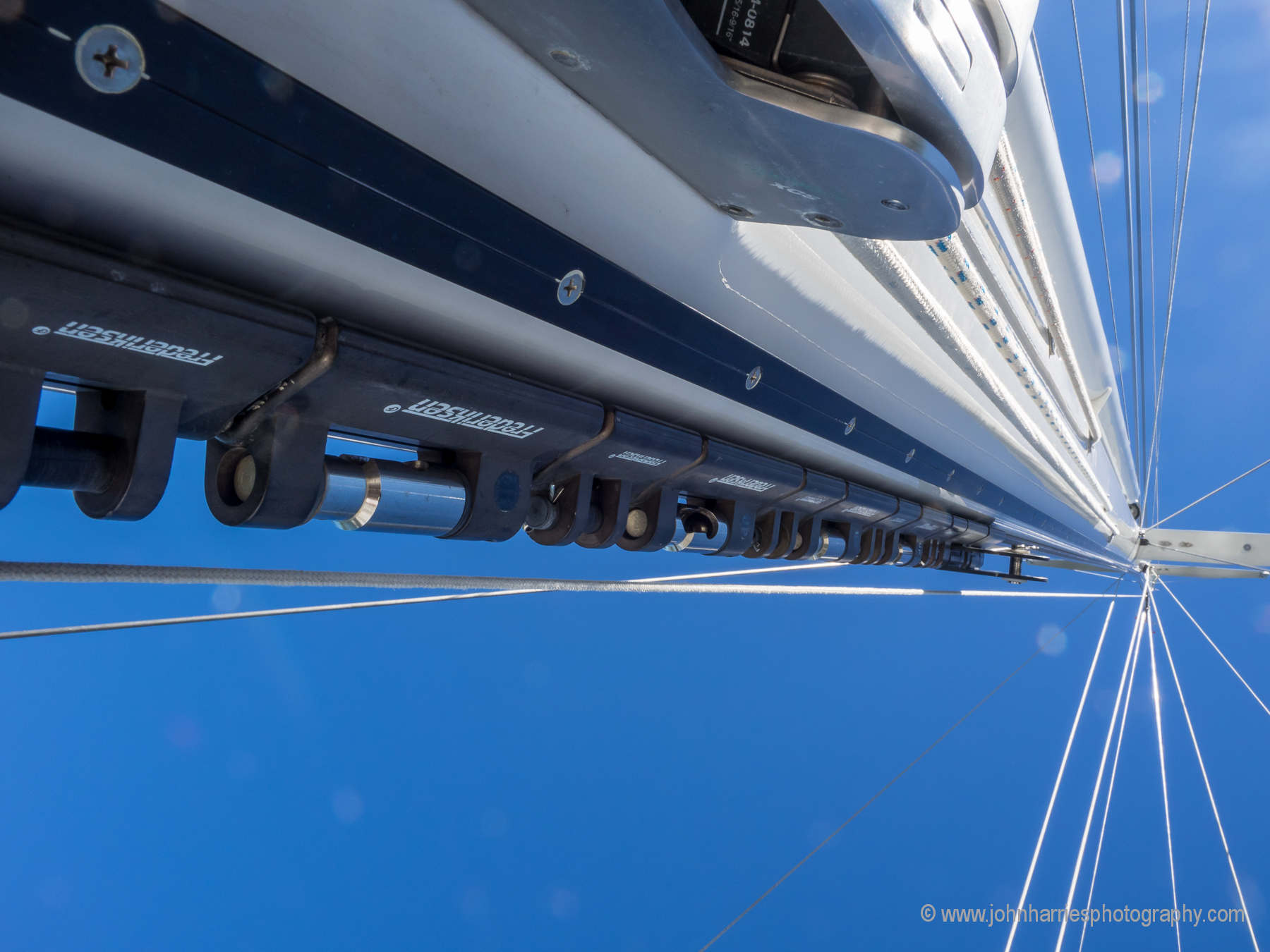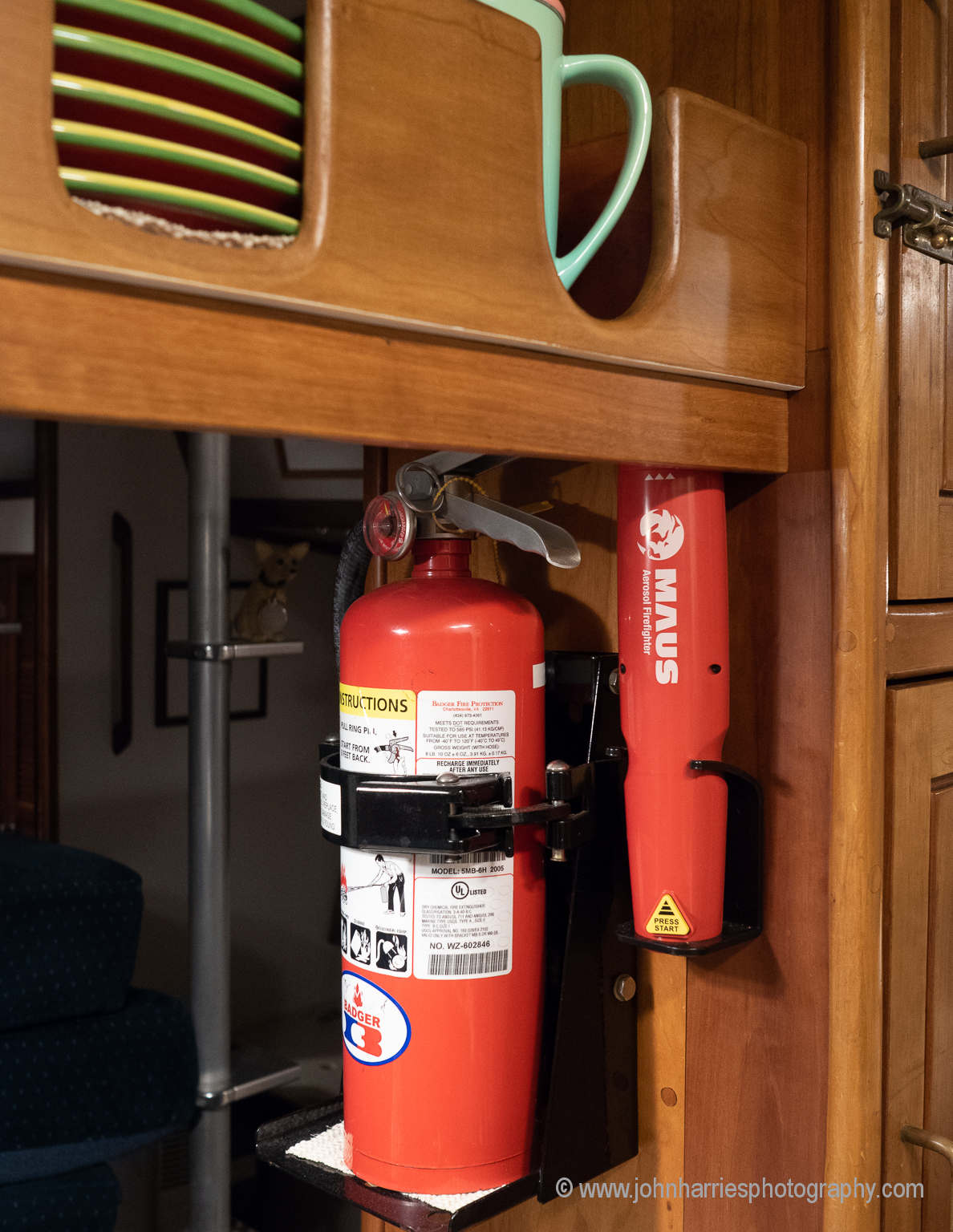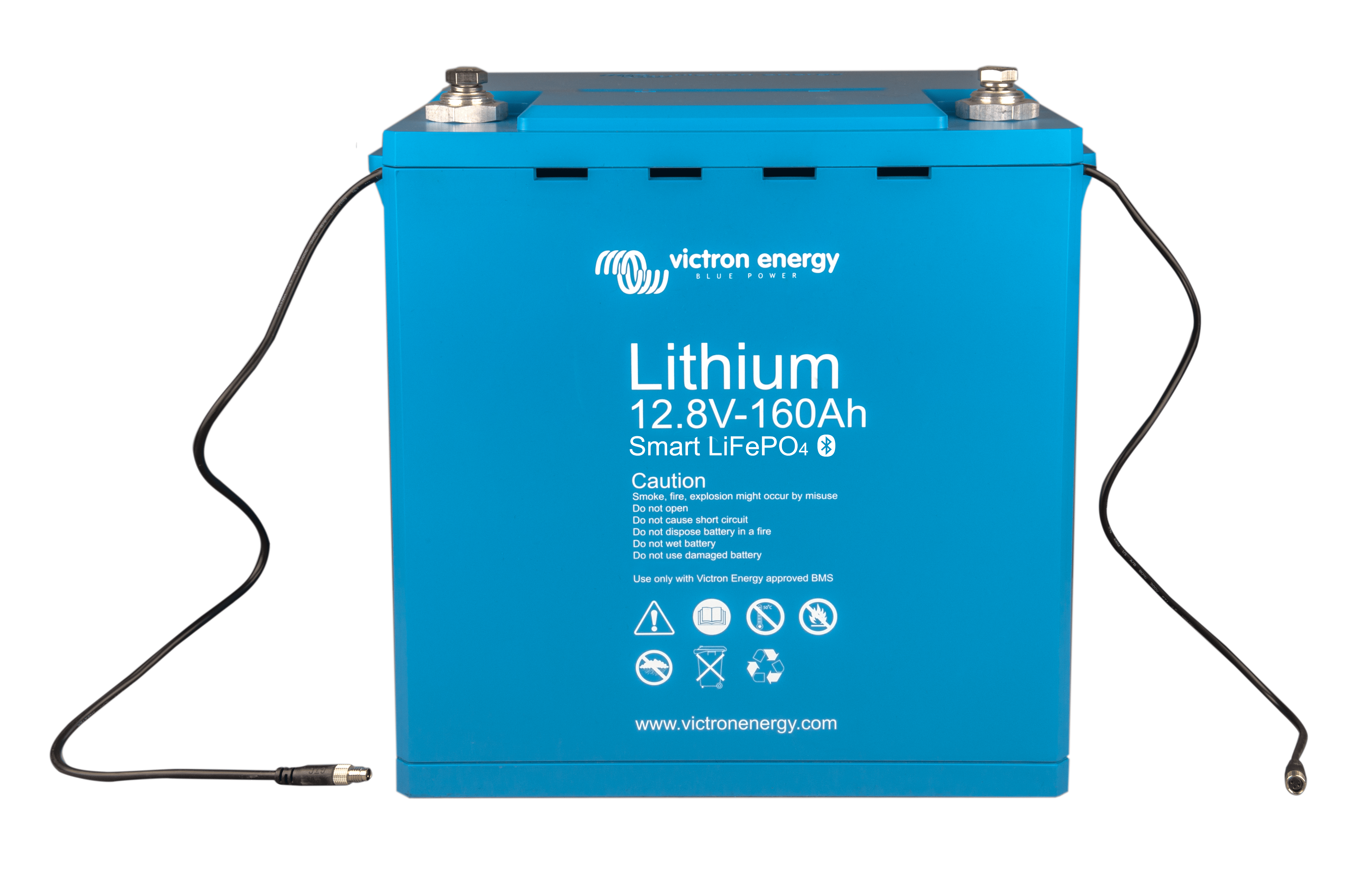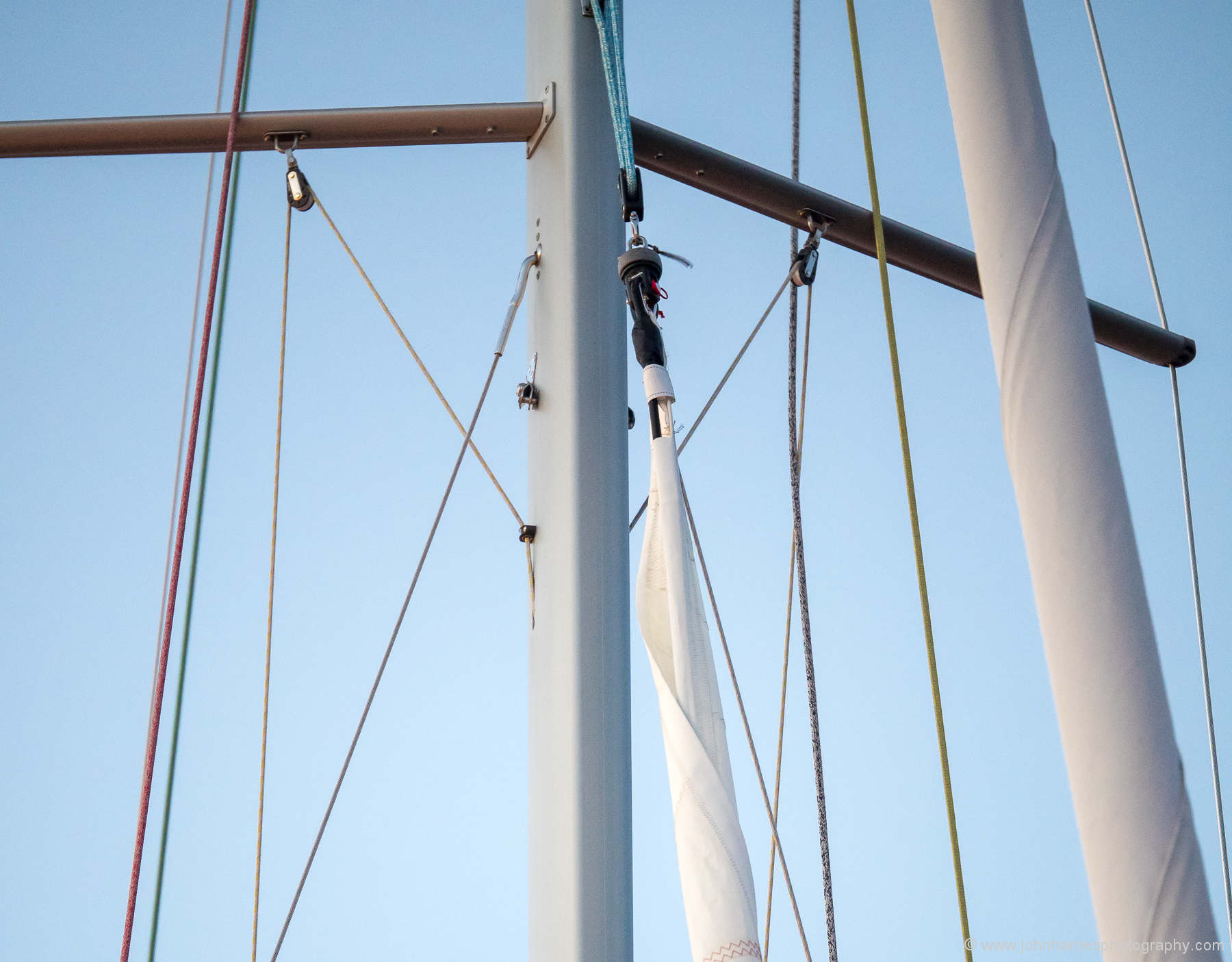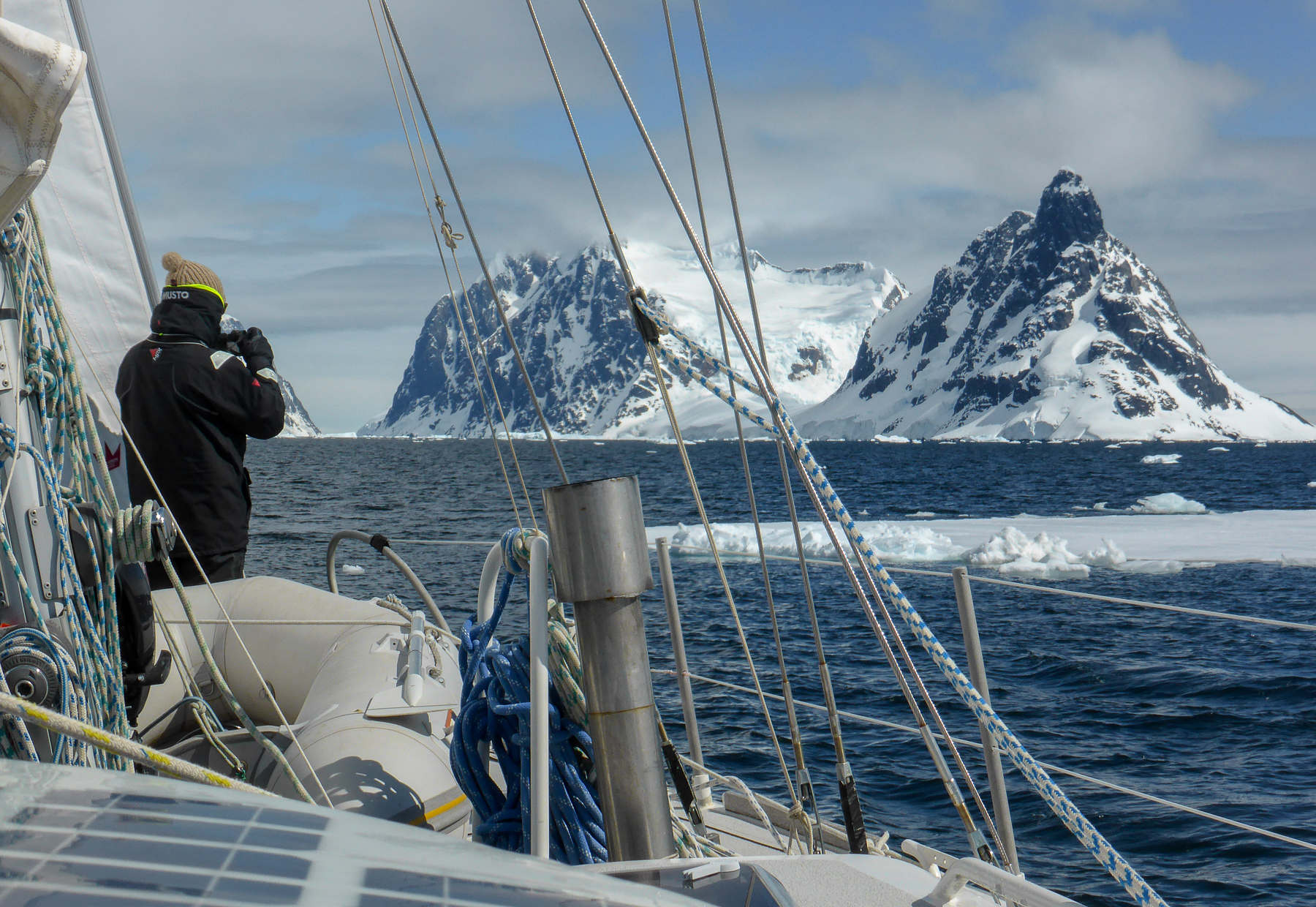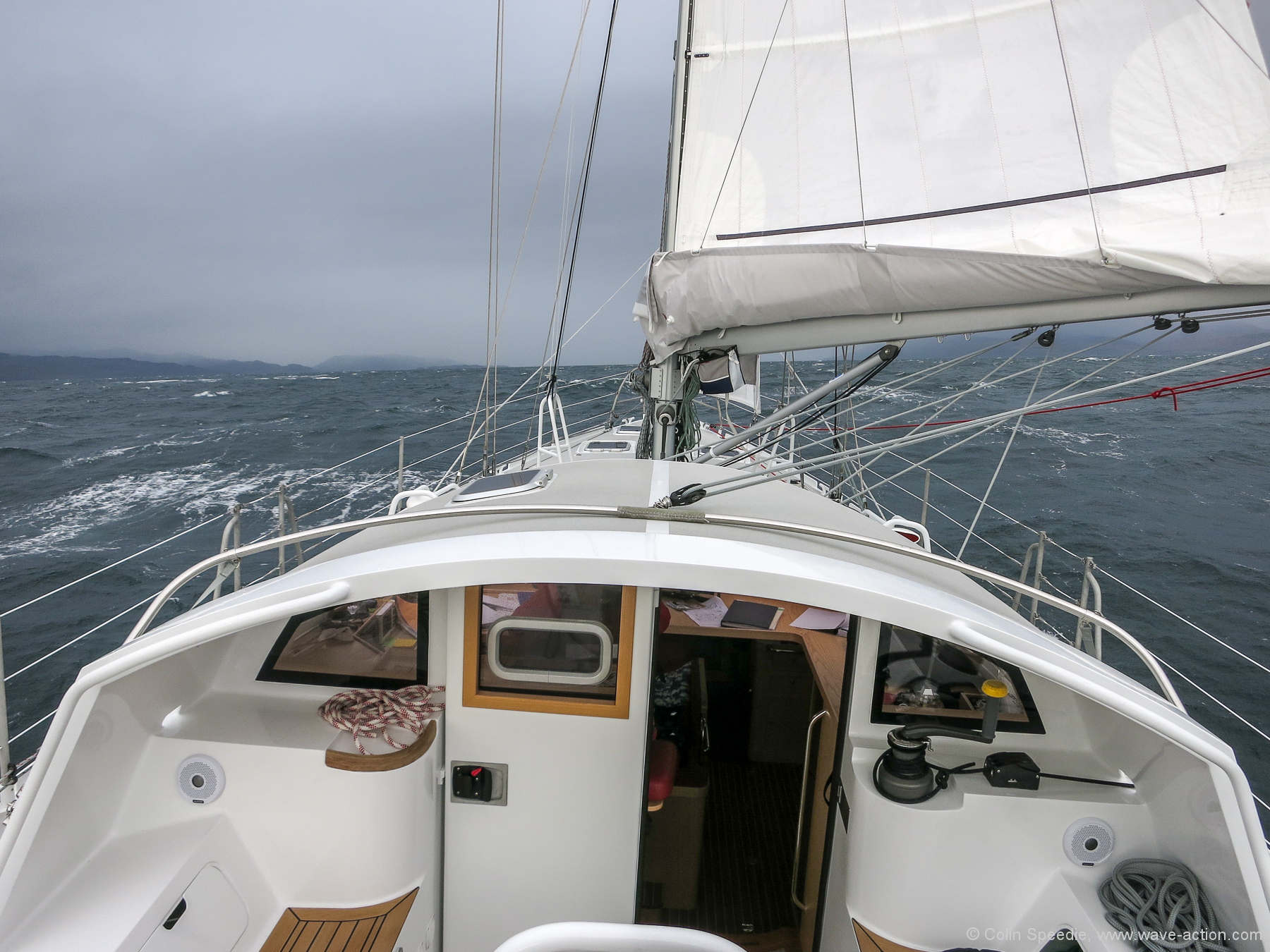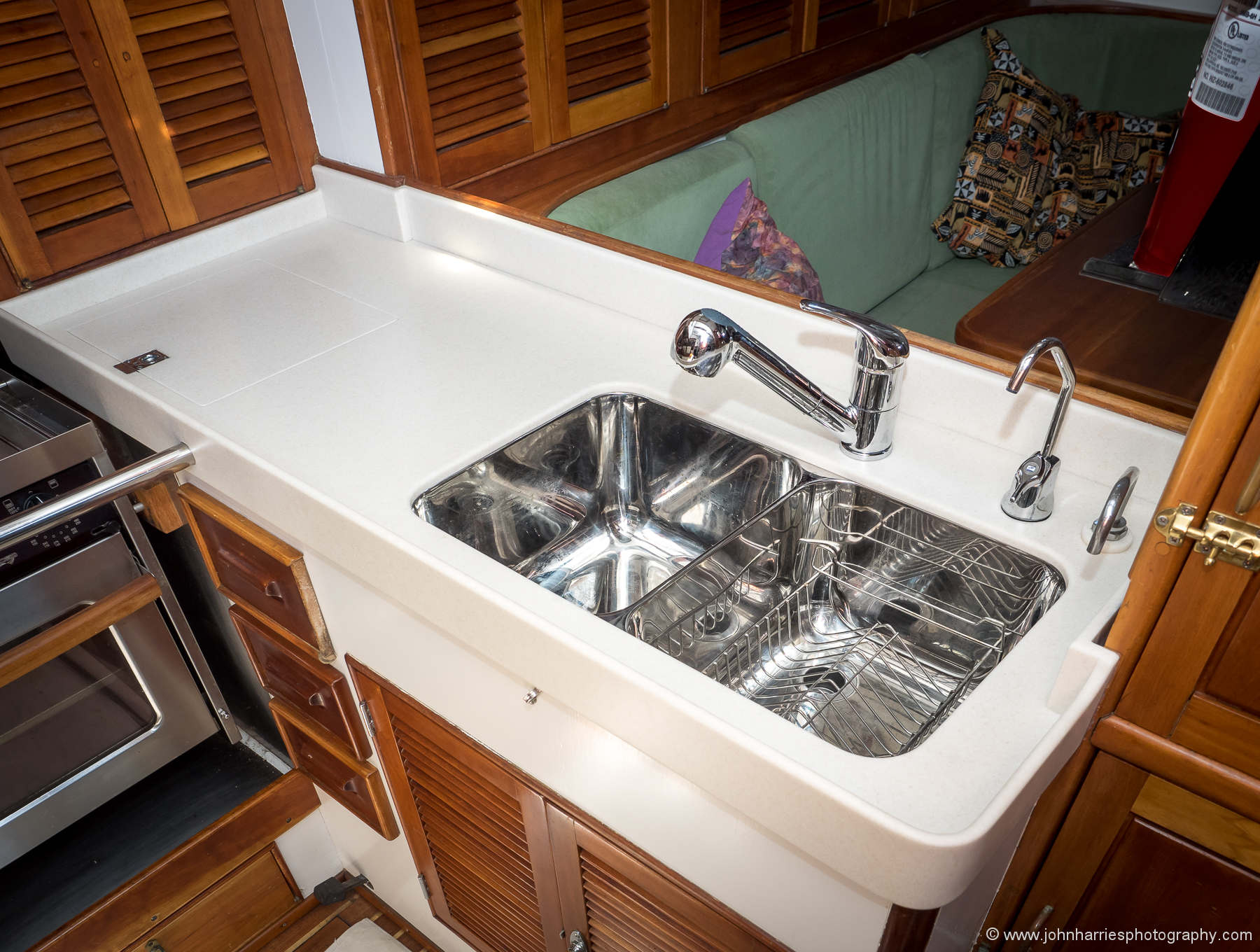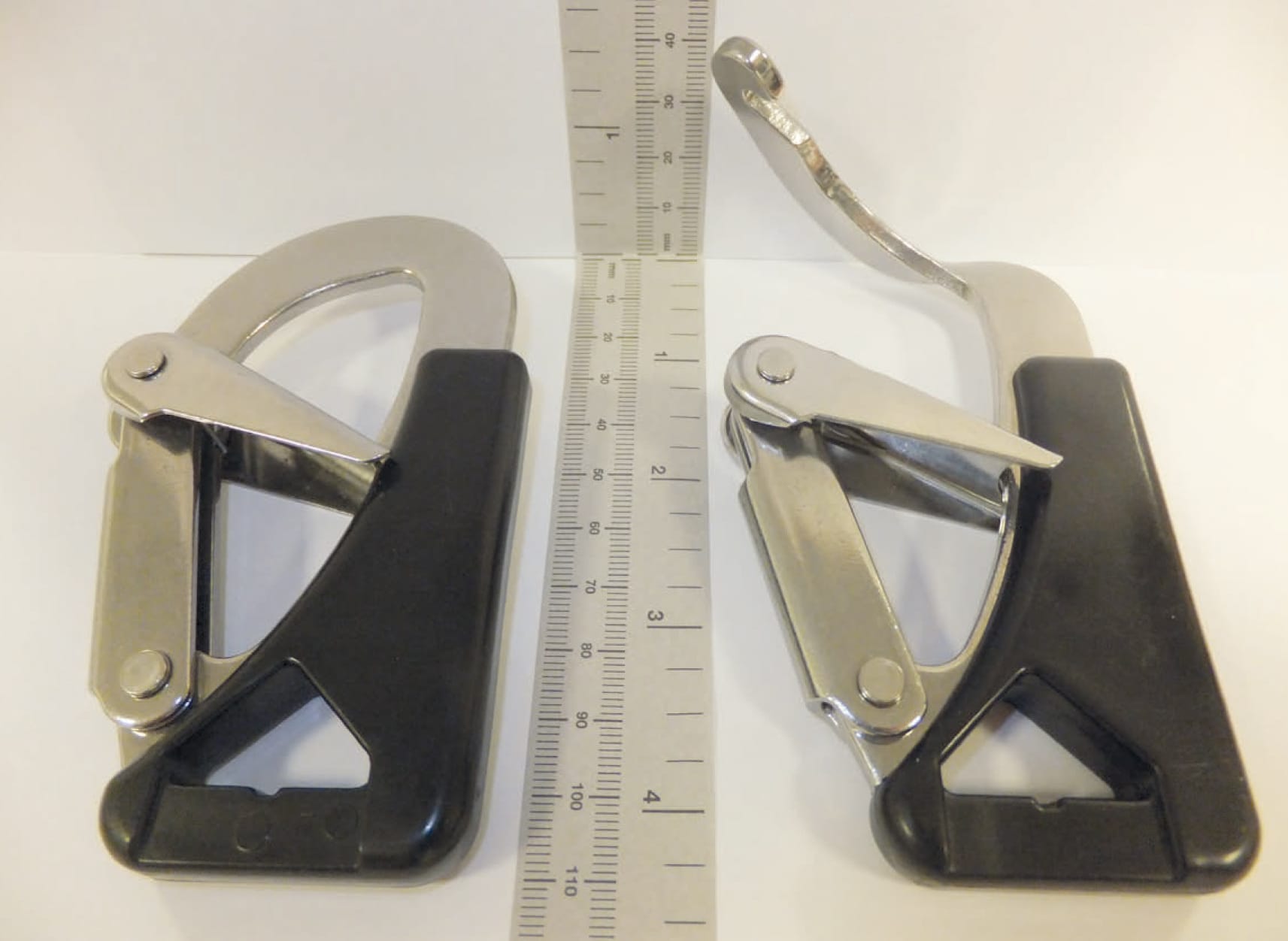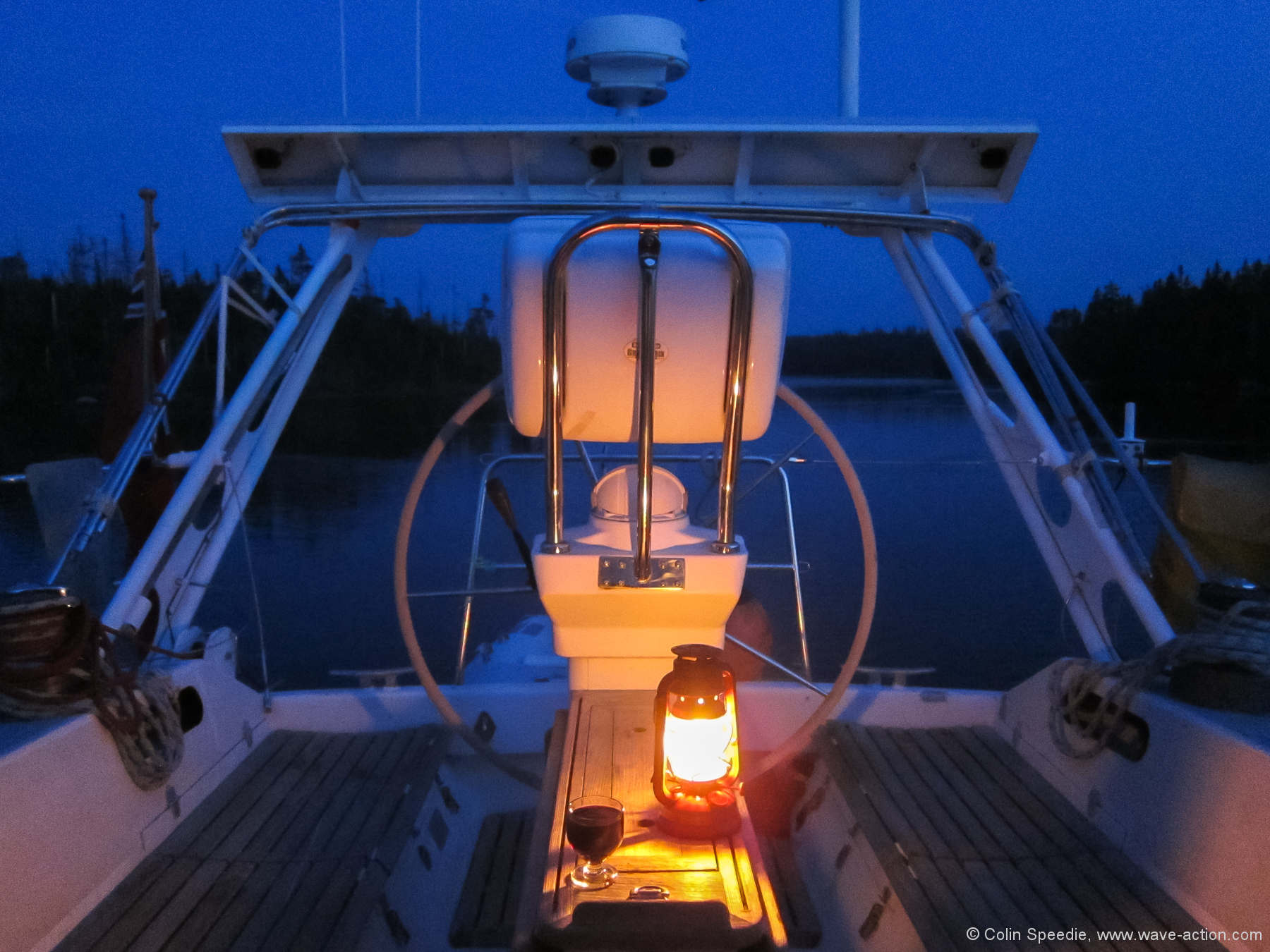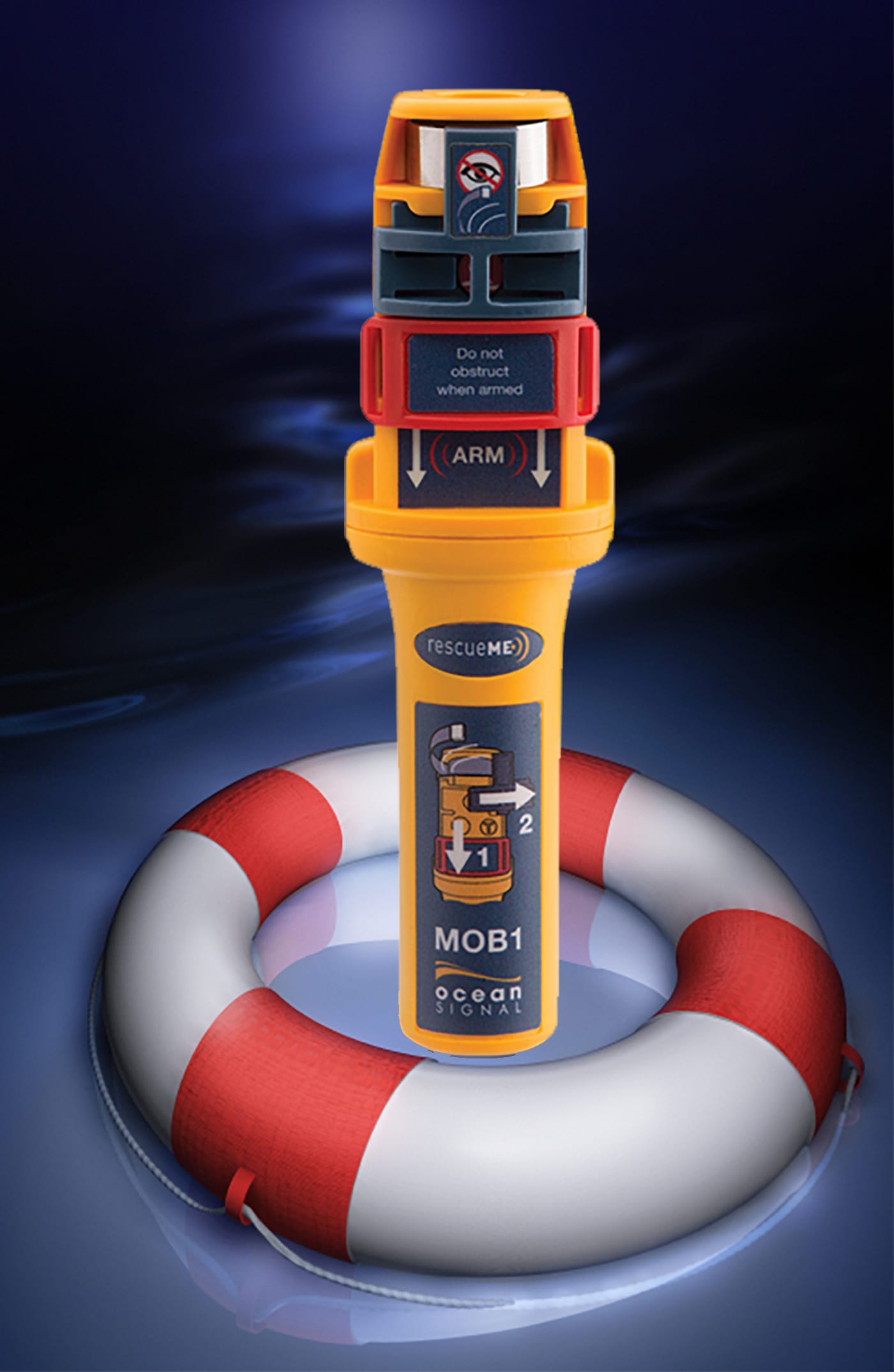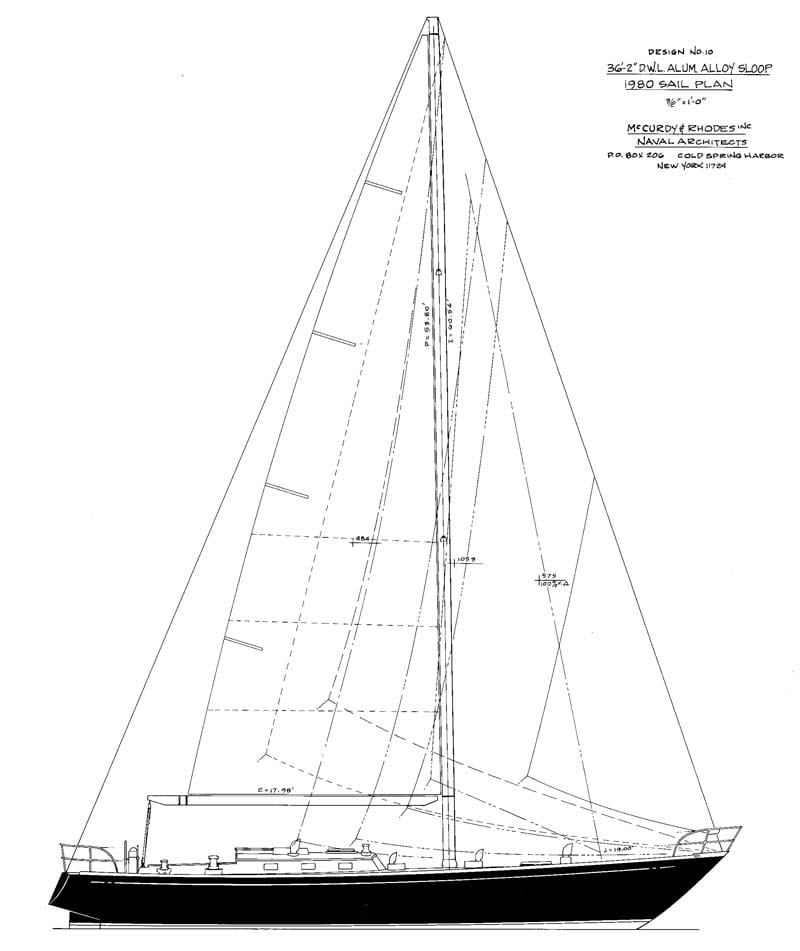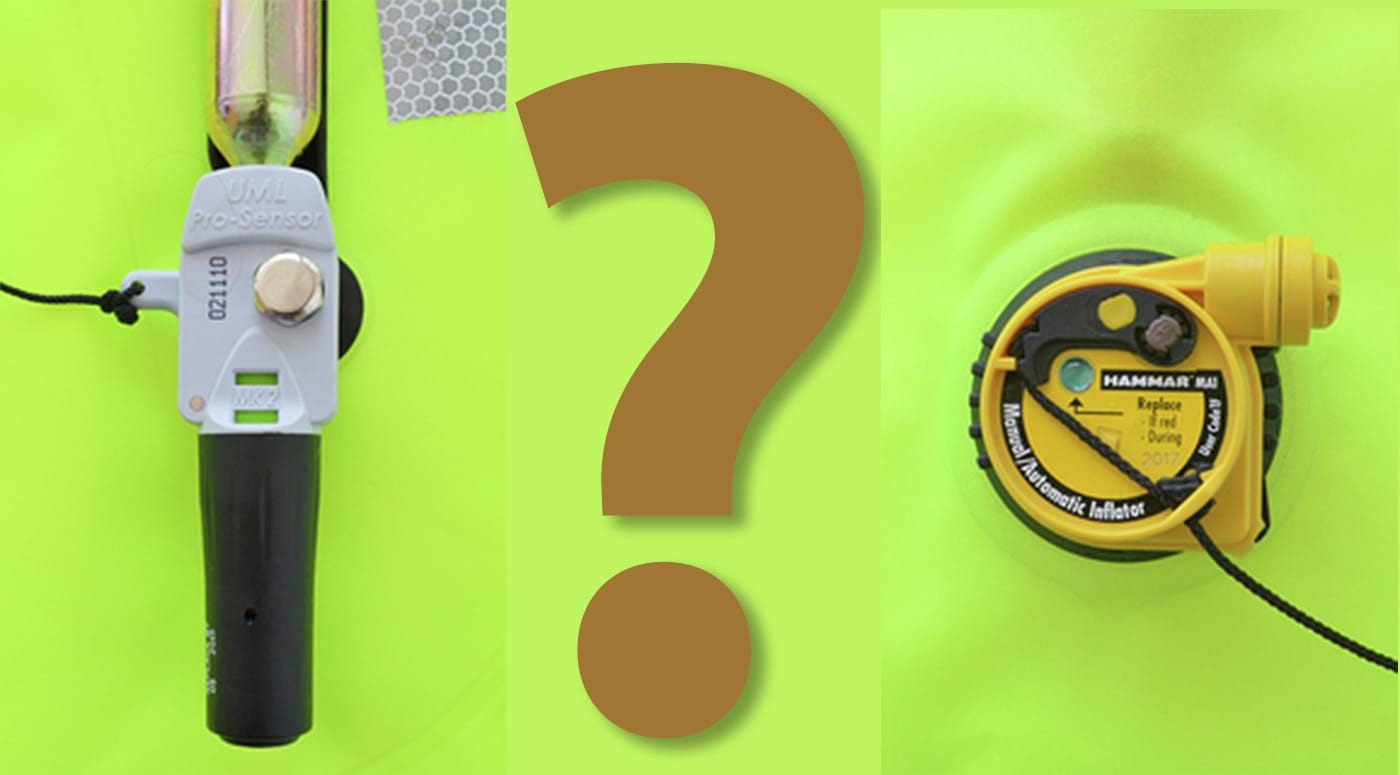-
10 Things That Are Common On Offshore Cruising Boats…But Shouldn’t Be
54 CommentsReading Time: 7 minutesMembersRead more: 10 Things That Are Common On Offshore Cruising Boats…But Shouldn’t BeIt’s always easier not to fix our boats right, and using the excuse that everyone does it like this is a tempting way to excuse doing extra work and spending more money, but the sea does not recognize excuses.
-
Cruising Newfoundland
23 CommentsReading Time: 3 minutesFreeRead more: Cruising NewfoundlandPhyllis and John are back out cruising and in one of their favourite parts of the world.
-
Rig Tuning, Part 5—Sailing Tune
15 CommentsReading Time: 9 minutesMembersRead more: Rig Tuning, Part 5—Sailing TuneIn the previous four parts of this series on mast tuning, we got all the basics taken care of, now we just need to go sailing to complete a great tune.
-
Battery Bank Size and Generator Run Time, A Case Study
54 CommentsReading Time: 8 minutesMembersRead more: Battery Bank Size and Generator Run Time, A Case StudyThese days, most boats with AC generators have significant DC (12- or 24-volt) battery banks that need to be charged regularly by the generator. But often that process is horribly inefficient. The good news is that the fix is easy, simple, and relatively inexpensive.
-
Practicing Seamanship Skills is Fun and Useful Too
13 CommentsReading Time: 3 minutesFreeRead more: Practicing Seamanship Skills is Fun and Useful TooJohn muses on why doing basic seamanship tasks, like moving heavy weights safely and efficiently using only the boat’s own gear, are so satisfying…and why the practice is important too.
-
Rig Tuning, Part 4—Mast Blocking, Stay Tension, and Spreaders
55 CommentsReading Time: 10 minutesMembersRead more: Rig Tuning, Part 4—Mast Blocking, Stay Tension, and SpreadersSetting up a rig to be safe and functional offshore is all about getting the details right. Here are some vital things to know and do.
-
Rig Tuning, Part 3—6 Steps to a Great Tune
12 CommentsReading Time: 9 minutesMembersRead more: Rig Tuning, Part 3—6 Steps to a Great TuneJohn bored you to death with a lot of mast tuning theory in the last chapter, but here’s the pay off: a step-by-step guide that will yield a good tune every time.
-
Rig Tuning, Part 2—Understanding Rake and Bend
9 CommentsReading Time: 8 minutesMembersRead more: Rig Tuning, Part 2—Understanding Rake and BendIn Part 1 we got the mast upright in the athwartship plane so it was not leaning over to one side or the other. Now let’s set the fore and aft rake and bend. But before we set off on that long and winding road we need to make sure we know what the destination is, and that’s what this chapter is about.
-
Rig Tuning, Part 1—Preparation
47 CommentsReading Time: 9 minutesMembersRead more: Rig Tuning, Part 1—PreparationGetting the rig properly tuned is vital for any sailboat, but it’s not easy to do right. John takes the mystery out of the process with a step-by-step procedure that works.
-
Not So Boring Privacy Policy, Part 2—Information We Store About, and Emails We Send To, Members
16 CommentsReading Time: 5 minutesFreeRead more: Not So Boring Privacy Policy, Part 2—Information We Store About, and Emails We Send To, MembersIn case we didn’t manage to cure your insomnia with Part 1, we now have Part 2. The good news is that this is the last one that’s relevant for members, and now we can all get back to something we actually care about: offshore voyaging.
-
Maus Fire Extinguishers—A Breakthrough?
95 CommentsReading Time: 5 minutesFreeRead more: Maus Fire Extinguishers—A Breakthrough?Fire at sea. Those three words strike fear into the heart of any prudent mariner. John takes a look at a new fire extinguisher that may be uniquely suited for use on cruising boats.
-
Not Boring Privacy Policy—Cookies
18 CommentsReading Time: 8 minutesFreeRead more: Not Boring Privacy Policy—CookiesWith all the recent hullabaloo about internet privacy, it’s time to update our privacy policy. Here it is in plain old English with some interesting stuff mixed in to keep it from being boring and it might even help you decide what to do about practices on other sites.
-
Battery Options, Part 2—Lead Acid
95 CommentsReading Time: 10 minutesMembersRead more: Battery Options, Part 2—Lead AcidJohn takes an in-depth look at the benefits and drawbacks of carbon foam, liquid filled, and AGM lead acid batteries, and then reveals his thinking if faced with battery replacement today.
-
Battery Options, Part 1—Lithium
99 CommentsReading Time: 8 minutesMembersRead more: Battery Options, Part 1—LithiumJohn recently replaced the house battery bank on Morgan’s Cloud. But before starting the project he had a big decision to make: which battery type. Here’s a look at the options he considered, starting with lithium.
-
Two Dangerous Rigging Mistakes
41 CommentsReading Time: 5 minutesMembersRead more: Two Dangerous Rigging MistakesThe loads on a modern offshore cruising boat are substantial so we sailors need to really think about how we handle them. John discusses two common mistakes and what we can all learn from them.
-
Boréal Yachts—Looking To The Future
60 CommentsReading Time: 7 minutesMembersRead more: Boréal Yachts—Looking To The FutureColin and Jean-Francois Eeman, Boréal Yachts’ Managing Director, pick up where they left off in Part I and talk about Boréal’s plans for the future—it’s exciting stuff.
-
Boréal Yachts—Eight Years On
34 CommentsReading Time: 6 minutesMembersRead more: Boréal Yachts—Eight Years OnEight years ago a new boat builder launched one of the most innovative cruising boats we have seen in a generation. Since then, Colin has been an eye witness to, and participant in, making those boats ever better. Now he and Managing Director Jean-Francois Eeman sit down to discuss what Boréal has accomplished and reveal some of their plans for the future.
-
8 Things I Learned From a Lazy Man’s Galley Makeover
35 CommentsReading Time: 8 minutesMembersRead more: 8 Things I Learned From a Lazy Man’s Galley MakeoverJohn had been putting this project off for years, but it turned out to be easier than he ever would have believed possible. He shares how that happened and eight vital things he learned.
-
Time to Stop Using And Selling Tethers with Gibb-style Hooks
42 CommentsReading Time: 5 minutesMembersRead more: Time to Stop Using And Selling Tethers with Gibb-style HooksA recent tragedy, together with excellent work by Drew Frye over at Practical Sailor, has exposed a dangerous weakness in a snap hook used on tethers by many offshore sailors. John explains the problem and calls on manufacturers to take the lead on getting these hooks off boats.
-
There’s A Light…
18 CommentsReading Time: 2 minutesFreeRead more: There’s A Light…There’s so much writing about the latest and greatest gear in the cruiser’s world. Here’s a pleasant break from that in which Colin shares simpler gear that takes him back to a time when his fascination and love for voyaging was still fresh and new.
-
Crew Overboard Recovery—Our Replacement For Quick Stop
71 CommentsReading Time: 7 minutesMembersRead more: Crew Overboard Recovery—Our Replacement For Quick StopThe availability of comparatively inexpensive, and proven effective, AIS/DSC COB beacons means that all of us must think long and hard about what changes we need to make in our Crew Overboard (COB) procedures. John and Phyllis share the recovery technique they will be practicing in future.
-
Of Dishwashers and Yacht Designers
29 CommentsReading Time: 2 minutesFreeRead more: Of Dishwashers and Yacht DesignersA thought on yacht design that will help us end up with a better boat.
-
Crew Overboard Recovery, Is The Quick Stop Bogus?
52 CommentsReading Time: 6 minutesMembersRead more: Crew Overboard Recovery, Is The Quick Stop Bogus?The Quick Stop crew overboard recovery maneuver has become the standard taught in most every safety at sea seminar. But how effective is the method really likely to be, particularly for short-handed crews offshore? John takes a look.
-
Which Lifejacket Auto-Inflator Should We Select?
43 CommentsReading Time: 4 minutesMembersRead more: Which Lifejacket Auto-Inflator Should We Select?Assuming that we have decided to buy and use auto-inflated lifejackets, we have yet another decision to make: Which of the two available activation devices should we select, hydrostatic or dissolved tablet? John interviews an expert and makes a selection.
-
The Bras d’Or Lakes—And Now For Something Completely Different…
31 CommentsReading Time: 6 minutesFreeRead more: The Bras d’Or Lakes—And Now For Something Completely Different…Colin takes us to the legendary among cruisers, idyllic and sheltered Bras d’Or Lakes of Nova Scotia.

